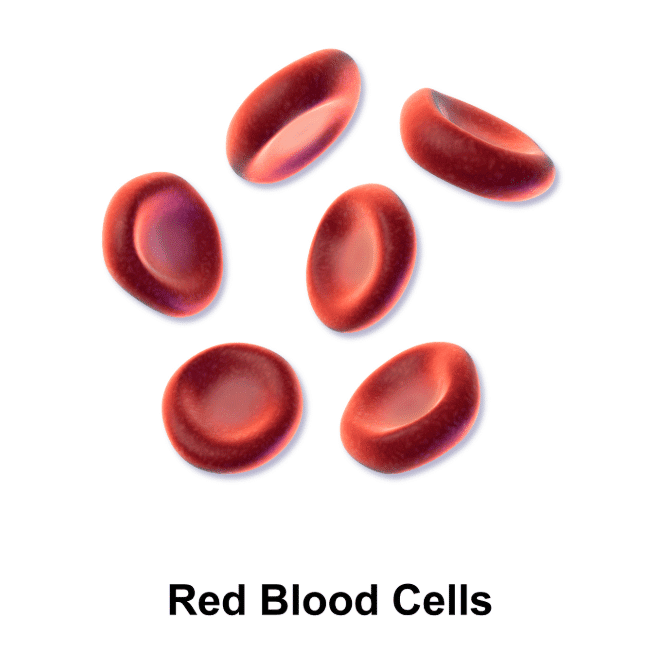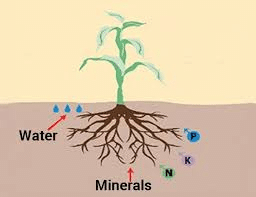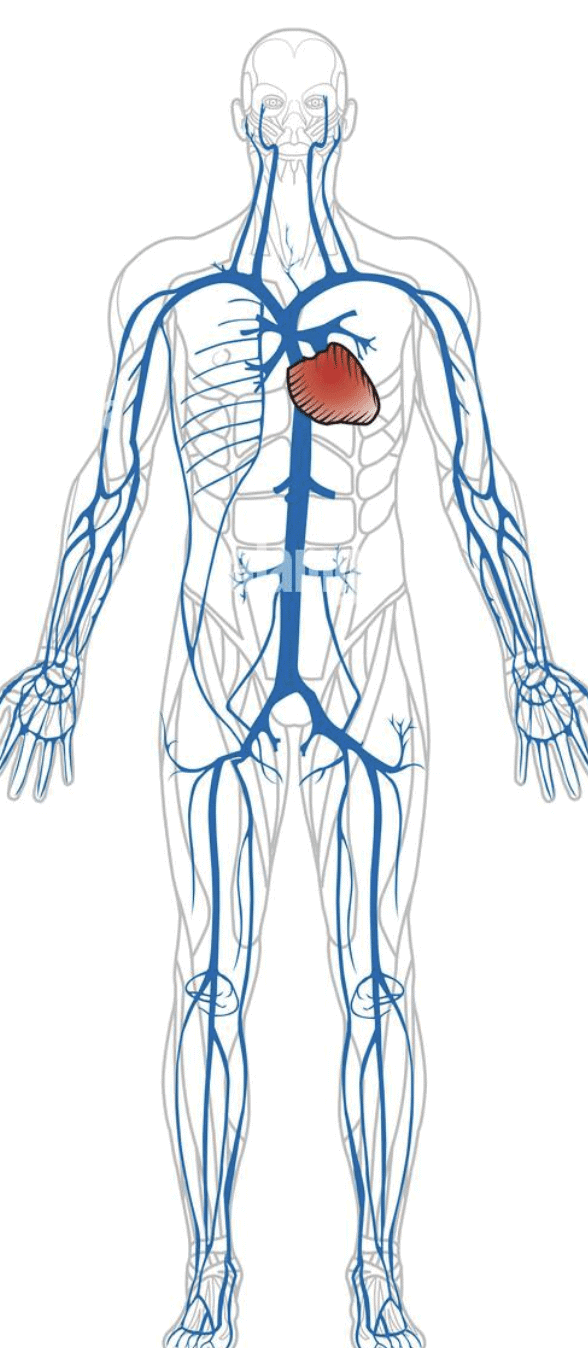Transportation in Animals and Plants Class 7 Worksheet Science Chapter 7
Q.1. True/False
(i) Water absorption through roots can be increased by keeping the plants under the fan.
True
(ii) Transpiration also cools the plant.
True
(iii) Veins carry blood from the heart to all parts of the body.
False
(iv) Excretory system of human consists of the heart and blood vessels.
False
(v) In most animals the blood that circulates in the body distributes food and oxygen to different cells of the body.
True
(vi) The major excretory product in humans is urea.
True
(vii) Animals such as sponges and Hydra also possess circulatory system.
False
Q.2. Fill in the blanks.
(i) The blood from the heart is transported to all parts of the body by the ____.
arteries
(ii) Haemoglobin is present in ____ cells.
red blood
(iii) Arteries and veins are joined by a network of ____.
capillaries
(iv) The rhythmic expansion and contraction of the heart is called ____.
heartbeat
(v) The main excretory product in human beings is ____.
urea
(vi) Sweat contains water and ____.
salts
(vii) Kidneys eliminate the waste materials in the liquid form called ____.
urine
(viii) Water reaches great heights in the trees because of suction pull caused by ____.
transpiration
(ix) In plants, water is transported through ____.
xylem
Q.3. What does human sweat contain?
The sweat contains water and salts.
Q.4. Which instrument is used to measure blood pressure?
A sphygmomanometer is used to measure blood pressure.
Q.5. What are veins?
Veins are the vessels which carry carbon dioxide-rich blood from all parts of the body back to the heart.
Q.6. How do birds, lizards and snakes excrete their waste?
Some land animals like birds, lizards, snakes excrete a semi-solid, white coloured compound (uric acid).
Q.7. How does sweat help keep you cool?
Sweating plays an important role in cooling the body by allowing water to evaporate off the skin, resulting in a loss of body heat.
Q.8. How plant roots absorb water and minerals from the soil?
Plants absorb water and minerals by the roots. The roots have root hair. The root hair increase the surface area of the root for the absorption of water and mineral nutrients dissolved in water. The root hair is in contact with the water present between the soil particles.
Q.9. Why animals such as sponges and hydra do not have blood?
Animals such as sponges and hydra do not possess any circulatory system. The water in which they live brings food and oxygen as it enters their bodies. The water carries away waste materials and carbon dioxide as it moves out. Thus, these animals do not need a circulatory fluid like the blood.
Q.10. What are the components of blood?
Blood is a liquid, which has cells of various kinds suspended in it.
(i) The fluid part of the blood is called plasma.
(ii) One type of cells are the red blood cells (RBC) which contain a red pigment called haemoglobin. Haemoglobin binds with oxygen and transports it to all the parts of the body and ultimately to all the cells.
(iii) The blood also has white blood cells (WBC) which fight against germs that may enter our body.
(iv) The blood also has white blood cells (WBC) which fight against germs that may enter our body.
Q.11. What does the circulatory system mainly consists of?
Circulatory system consists of the heart and blood vessels.
Q.12. What is called pulse rate?
The number of beats per minute is called the pulse rate.
Q.13. What is the fluid part of blood called?
The fluid part of the blood is called plasma.
Q.14. What is the function of phloem?
Phloem transports food from the leaves to the rest of the plant.
Q.15. Name the major excretory product in humans.
The major excretory product in humans is urea.
Q.16. Which blood vessels carry blood from all parts of the body back to the heart?
Veins are the blood vessels that carry blood from all parts of the body back to the heart.
Q.17. How do aquatic animals like fishes excrete their waste?
Aquatic animals like fishes, excrete cell waste as ammonia which directly dissolves in water.
Q.18. What is the significance of partition between the chambers of heart?
The partition between the chambers helps to avoid mixing up of blood rich in oxygen with the blood rich in carbon dioxide.
Q.19. What are the three main types of blood vessels?
There are three major types of blood vessels: the arteries, which carry the blood away from the heart; the capillaries, which enable the actual exchange of water and chemicals between the blood and the tissues; and the veins, which carry blood from the capillaries back toward the heart.
Q.20. Why is transport of materials necessary in a plant or in an animal? Explain.
All organisms need food, water and oxygen for survival. They need to transport all these to various parts of their body. Further, they need to transport wastes to parts from where they can be removed. Thus, transport of materials is necessary in a plant or in an animal.
|
111 videos|286 docs|28 tests
|
FAQs on Transportation in Animals and Plants Class 7 Worksheet Science Chapter 7
| 1. What are the main modes of transportation in animals? |  |
| 2. How do plants transport water and nutrients? |  |
| 3. What role does the circulatory system play in animals? |  |
| 4. How do plants adapt their transportation systems to different environments? |  |
| 5. What is the significance of specialized transport mechanisms in animals and plants? |  |





















